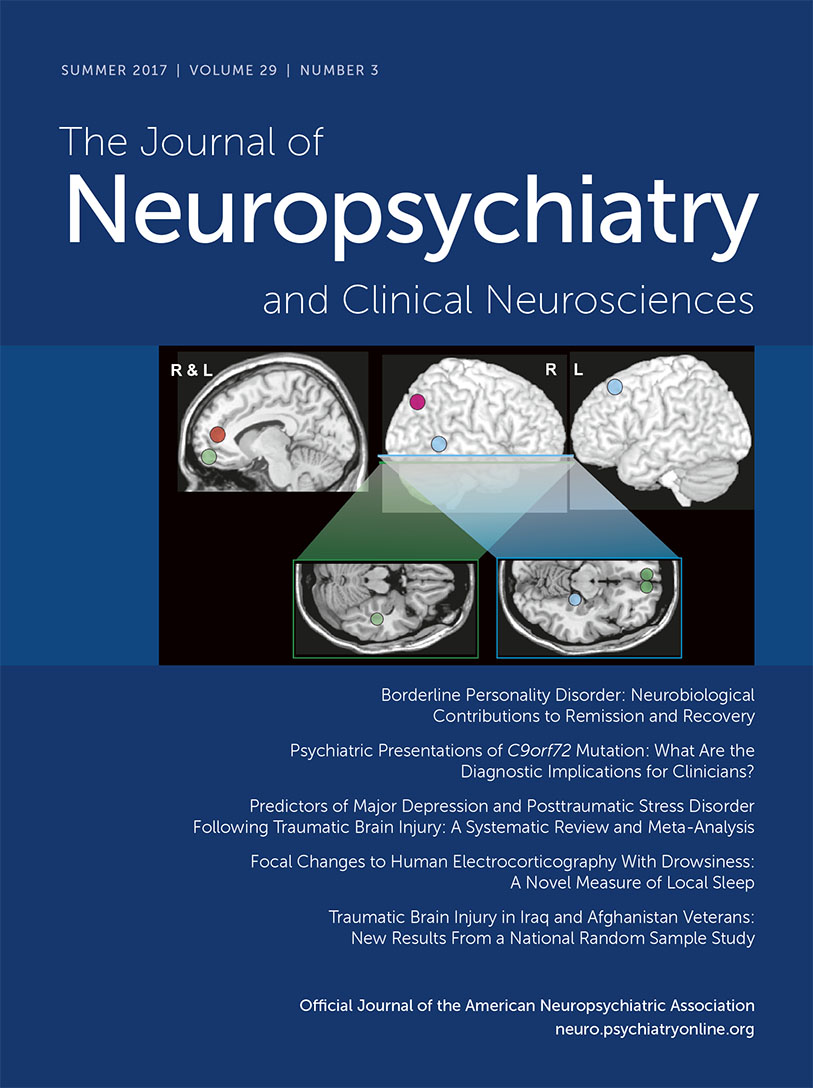Delusions and the Right Hemisphere: A Review of the Case for the Right Hemisphere as a Mediator of Reality-Based Belief
Abstract
Delusions are beliefs that remain fixed despite evidence that they are incorrect. Although the precise neural mechanism of delusional belief remains to be elucidated, there is a predominance of right-hemisphere lesions among patients with delusional syndromes accompanied by structural pathology, suggesting that right-hemisphere lesions, or networks with key nodes in the right hemisphere, may be playing a role. The authors discuss the potential theoretical basis and empiric support for a specific right-hemisphere role in delusion production, drawing on its roles in pragmatic communication; perceptual integration; attentional surveillance and anomaly/novelty detection; and belief updating.



